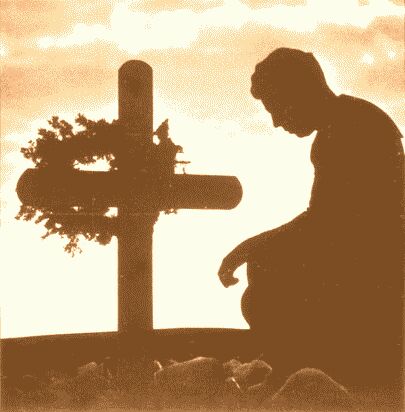
| Home > 43rd Bomb Group Casualty Database |
|
 |
||
| K e n s m e n : 4 3 r d B o m b G r o u p (H), 5 t h A A F | ||
|
| 43rd
Bomb Group Casualty Database
 The information contained in this database can be sorted by left-clicking on any of the column titles. For example, if you’d like the information depicted alphabetically, left click on "Name" and the information will be sorted alphabetically from A to Z. Left click on "Name" again and the information will be sorted from Z to A. If you left click on "Sort By Incident," the data will immediately sort from earliest casualties to latest casualties in date of incident order. The following documents, websites and/or databases were cross-referenced in part or in whole to build the 43rd Bomb Group Casualties database:
Explanations Date of Incident vs Date of Death Oftentimes, a person might be injured and die days or weeks later; additionally, a person or crew might be missing for a significant amount of time or continues to be missing in action. Thus, the date of the actual incident that caused the loss might be days, months, or even years before the actual established date of death. This is important (and confusing) in utilizing some databases. They will often use the much later date (often the "Finding of Death" date) as the date of death. Location of Burial or Memorialization In many cases, a person is buried and/or memorialized in more than one location. I documented up to two locations. |
|
|